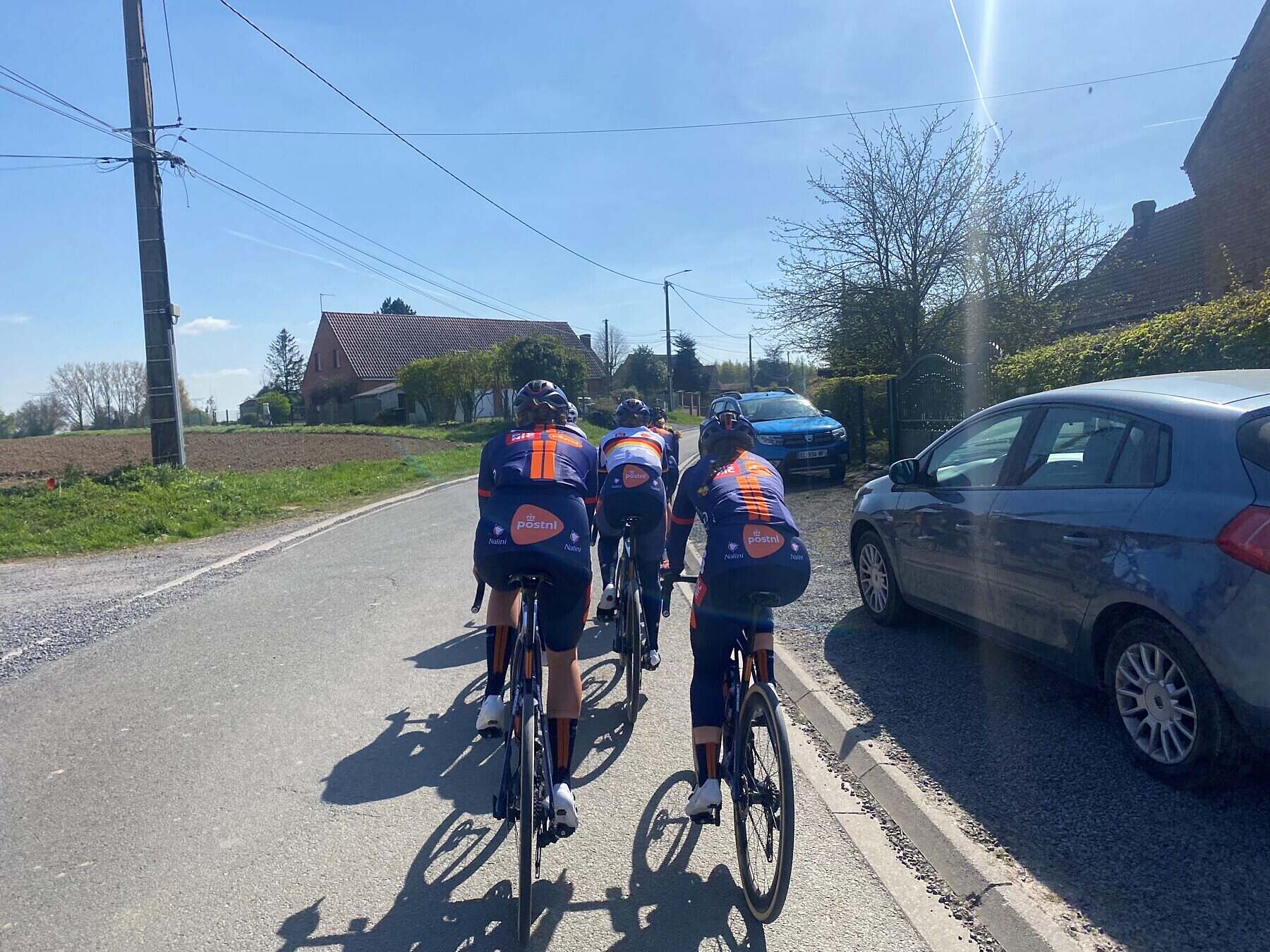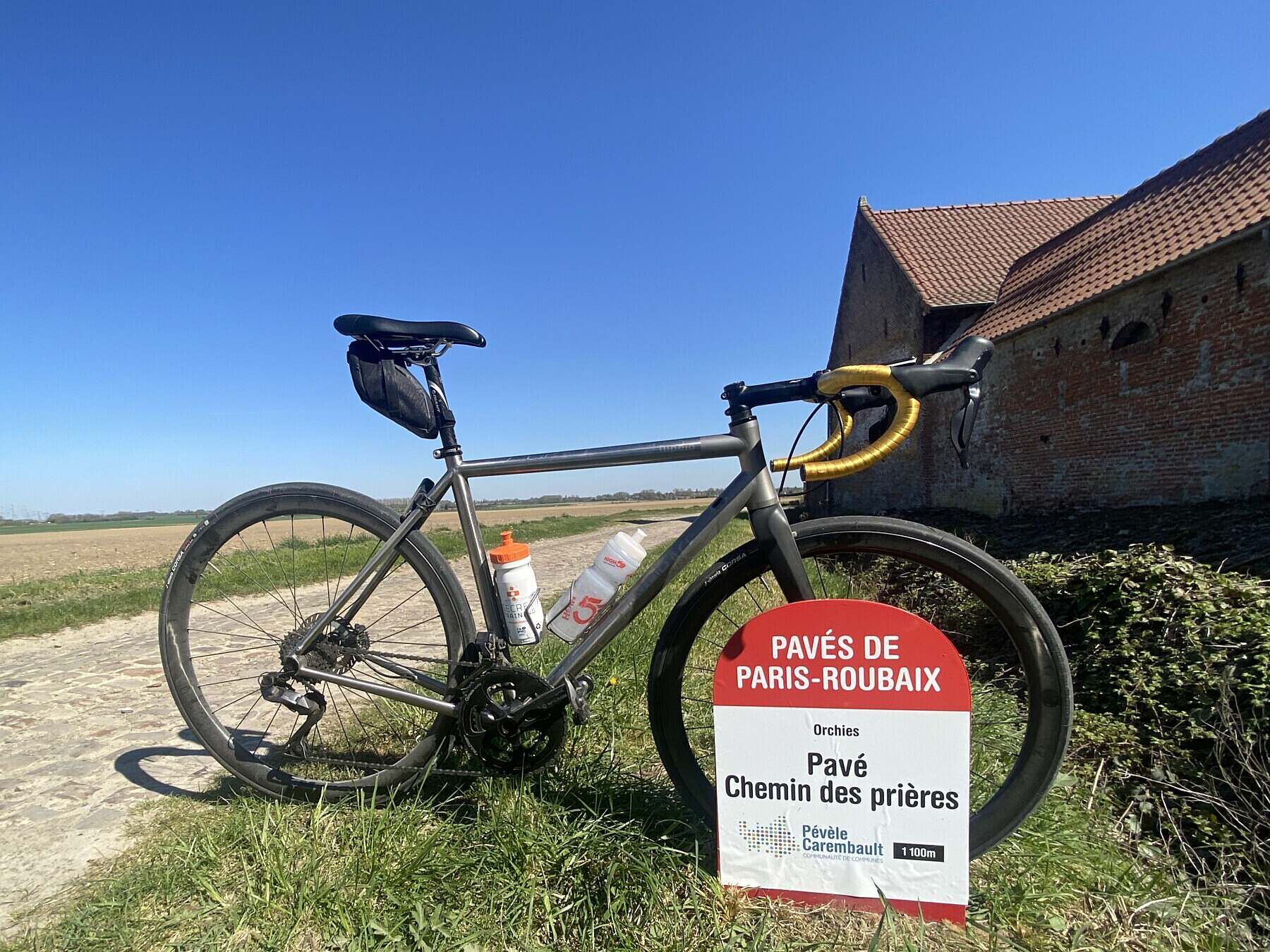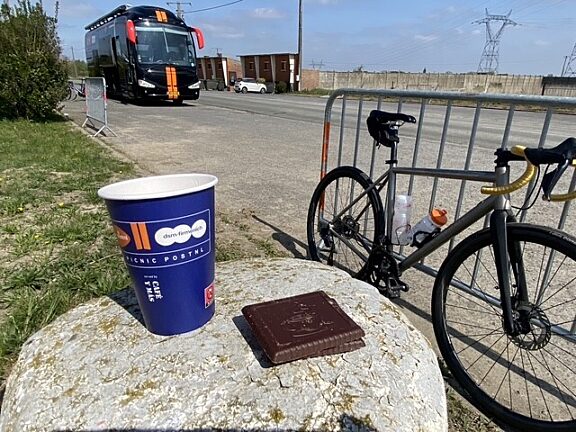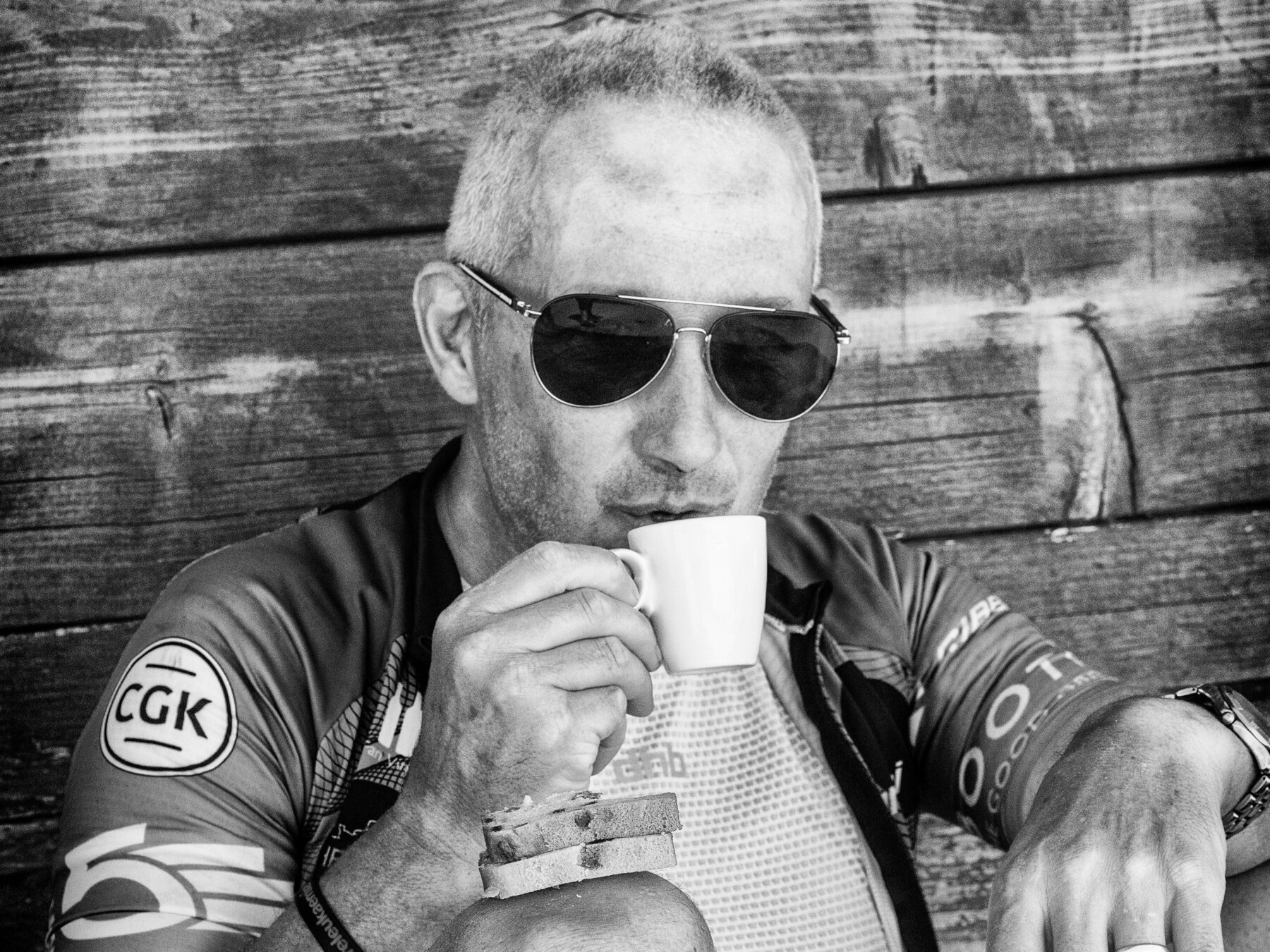So, the winter is over, spring is here and I have had the luxury of a few rides now feeling that bit of warmth on the back. A sensation that all outdoor, UK based cyclists crave after many months of battling the elements and fine tuning our clothing choices.
As the cold, dank weather of December, January, February and March fades into dust (I am not foolish enough to think that it has gone for ever) it felt like time to review my winter steed.
To recap, I have been testing the superb Landrace Tupelo from CycleFit. Being a customer and friend of both Jules and Phil since their early days in a Covent Garden hideaway, I feel I have grown as a master cyclist with their company. More importantly, I have seen firsthand how much care and thought they put into helping people sit perfectly and get the most out of themselves on a bike. Their movement into frame design and production is just the natural extension of all that experience.
I wrote about my first impressions of the Tupelo a few weeks in and was surprised by how good and different it felt to my old steel winter bike. Four months further on and the realisation of how good a bike the Landrace is, is really sinking in.
First, this has been an amazingly reliable winter bike. I have ridden thousands of kilometres in the wet, potholed, muddy lanes of Gloucestershire. It has stood up to the battering perfectly. This is not a glib statement because when you are trying to do as much riding as you can, always knowing your bike is ready to ride massively helps keep your consistency going.
I have the standard Landrace Tupelo, so pretty relaxed geometry and a shallow front end. Wheels are the wider Landrace Gravel ones, and I had 28mm Continental 4 Season tyres on – which blow up surprisingly wide.
Riding it has been a pleasure each time. I don’t know why but the bike just feels smooth – not sluggish, not soft. Handling is comfortable and not twitchy. When dodging potholes, I could just aim it, lift my weight off the saddle and point the bike. It would always go where I wanted and proved great practice for a trip to the Roubaix cobbles in April (more about that later). I was surprised how much faster I could ride in shitty (are we allowed to say that ed?) lanes than my club mates! You can definitely feel the shock absorbing nature of the titanium frame, and the geometry created by Jules and Phil is well thought out. You just get the sense of years of experience shining through.
Equipment wise, I have a simple 12 speed Ultegra groupset, which means 12 speed and disc brakes for the first time. I love them both. The combination of frame and groupset for me has been perfect. Not having wires from the levers makes building up a lot simpler than it used to be, and the disc brakes, as well as being a step forward from rim, seem to make maintenance a lot easier. This bike has seen a lot of dirty rides and has had to be washed again and again. It cleans up better, easier and quicker than my old steel bike, even with full aluminium mudguards. Again, a boost to my training consistency.
One specific thing I love is the bottom bracket casing – how’s that for Rock n Roll! Seriously, the Tupelo has a T47 threaded bottom bracket. Think of it as a standard BSA bracket just a bit bigger. Coupled with my InfoCrank powermeter, which has a 30mm axle and the result feels, solid and smooth. The simple Praxis steel bearing bb has lasted all winter too.
In January I had a break from my mud slicked lanes and took the Tupelo abroad for the first time. Girona in January can be a great place, usually cold in the mornings but sunny and dry, what a difference. I put lighter tires on and took the mudguards off. Big rides in the hills on my own, fast group rides with some of the other cycling parents and the odd ride with a few rest-day riding pros. I didn’t think about the bike once, which is probably the highest compliment I can give it.
As a winter bike then, this has been everything I could wish for. Reliable, comfortable, and for what it is, very fast. Which is where the biggest surprise for me has happened. I am lucky enough to be riding the whole route of this year’s Tour de France as a support rider for Cure Leukaemia’s Tour 21 charity ride. I have ridden it for the last 3 years, so know what it entails. All my winter riding has therefore been geared to building the base needed for an event like this. In normal circumstances, around this time of year (April) I would shift towards my summer (or racing…) bike for the sunnier days and definitely for my big events. That bike, for the last few years has been a rim brake, Giant TCR - something I know well, is race focused and have been super happy with.
But…..
"The big news for me now is that I have made the decision to ride my Tupelo on the Tour21"
The smoothness and speed of my winter bike is changing the way I think about my summer riding. I like training hard on the Tupelo. Although it is a winter bike, it responds well to structured, intensive training. Something previous winter bikes haven’t.
So, as the weather warms up, instead of getting the TCR out – full carbon, Zipp 404s – I have taken the mudguards off my Tupelo and am using that. I have been on some chaingangs and have started doing VO2 max sessions on the climbs. I even took it on a trip to Belgium to watch my daughter (Pfeiffer Georgi) in Flanders and Roubaix. While there, I had the absolute honour of being allowed to join the Picnic PostNL Roubaix recce ride with her team. I lasted half the sectors before my legs gave out and they rode off into the dusty distance. But, before my ignominious departure, one of Pfeiffer’s teammates commented how much respect she had for me for riding the cobbles with with them on a standard bike like mine – fair praise from someone who knows!
In my 3 rides in Northern France, I rode 55km on the Roubaix cobbles, doing every sector from 17 onwards at least once, and Carrefour de l’Arbre 3 times. The bike stood up incredibly well. It could ride fast - when I could - and when I had to slow down it was as stable as you could hope for on the farmyard stones. I changed nothing on the bike and both it and I got through unscathed.
What more can you ask for from a standard winter bike?
The big news for me now is that I have made the decision to ride my Tupelo on the The Tour 21 2025. I am not sure why, but if you had asked me at the start of the year, I would have told you no way. But the winter and early spring riding has convinced me that this is a bike for all seasons. I have a good position on it, and it is comfortable to ride all day. It feels sprightly on the hills and helps me descend with confidence - and it is fast. Last year I was the only rider still on rim brakes – this year I enter the modern world.
So, what’s the take home?
For me, the Landrace is a rock-solid all round bike. At first, I thought of it only as a winter bike, but now I know it can do everything I need. It is a relaxed bike with a second, secret life. It is fast and can be used for serious riding. With just a few small tweaks - road rather than gravel wheels and lighter tires - it is going to take the place of my old and much loved racing bike. That’s a big step for me, but one that just feels right.
What would I change? As I mentioned in my first impressions, a slightly longer top tube would be nice, and then perhaps a slightly steeper front end when the guards come off and group riding gets a bit more frenetic. But that’s just being picky. This bike is already proving an all-rounder to me. The proof? I am going to be riding it on my super special, 3300km epic lap around France.
Peter Georgi





